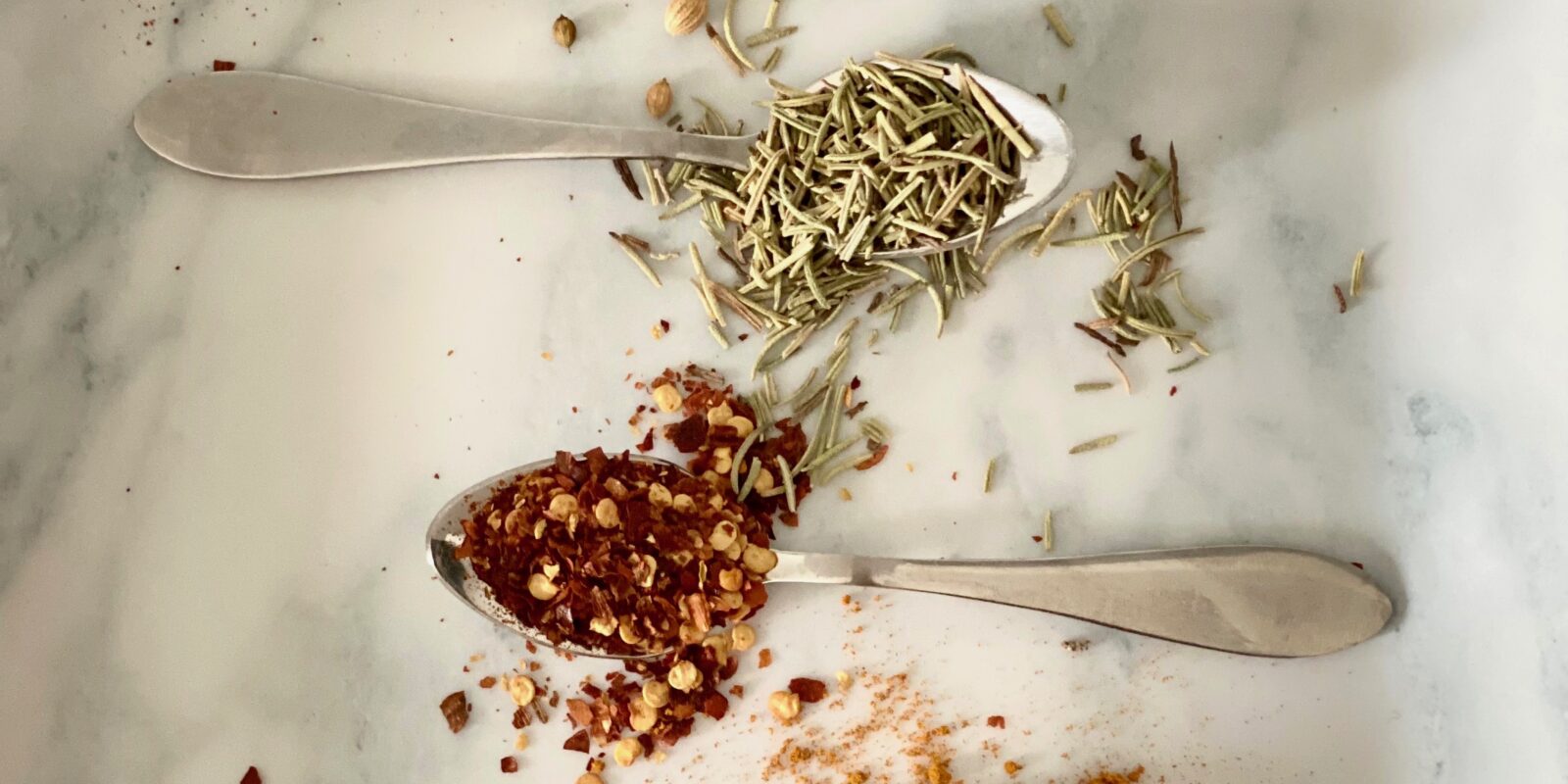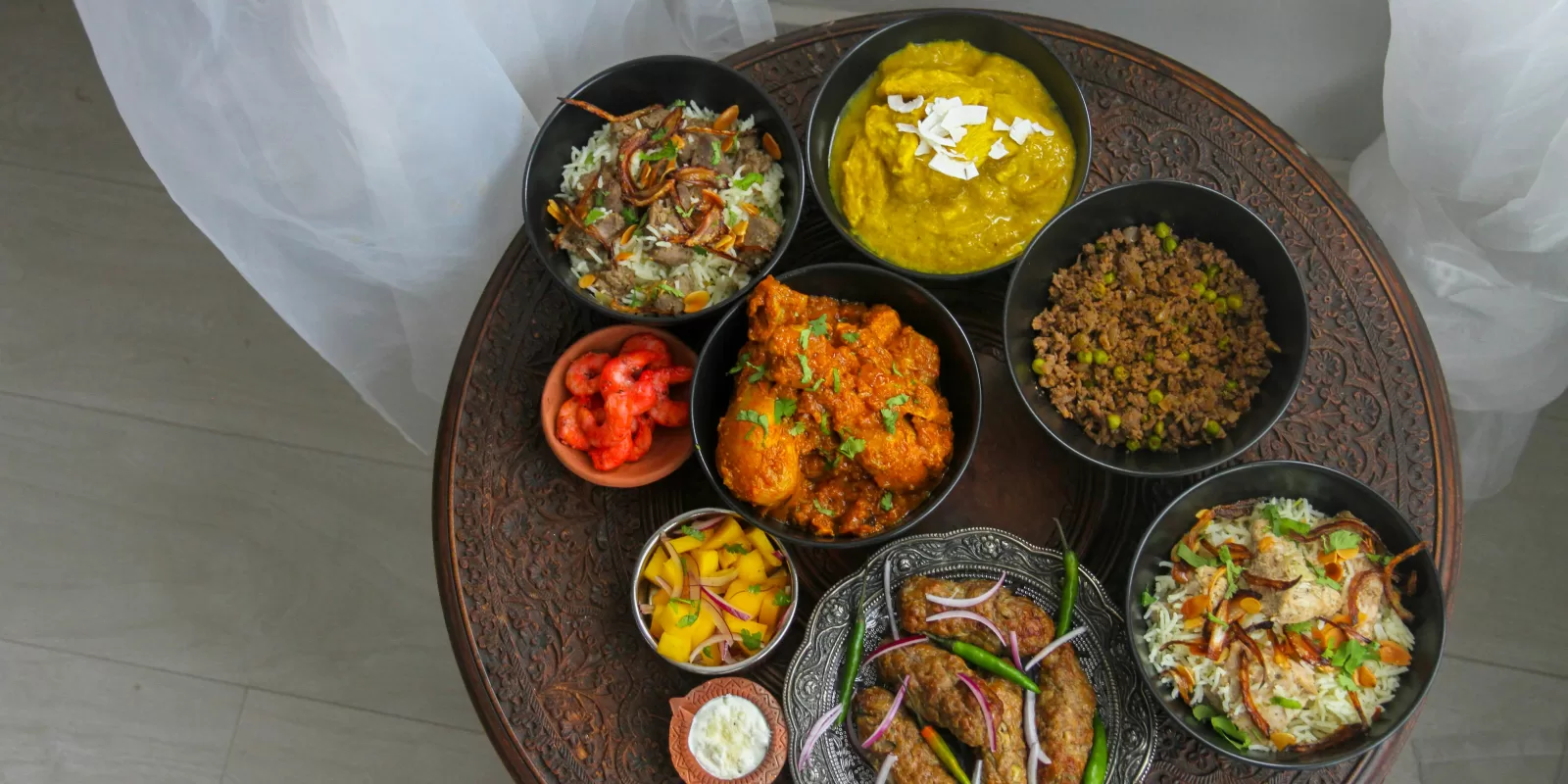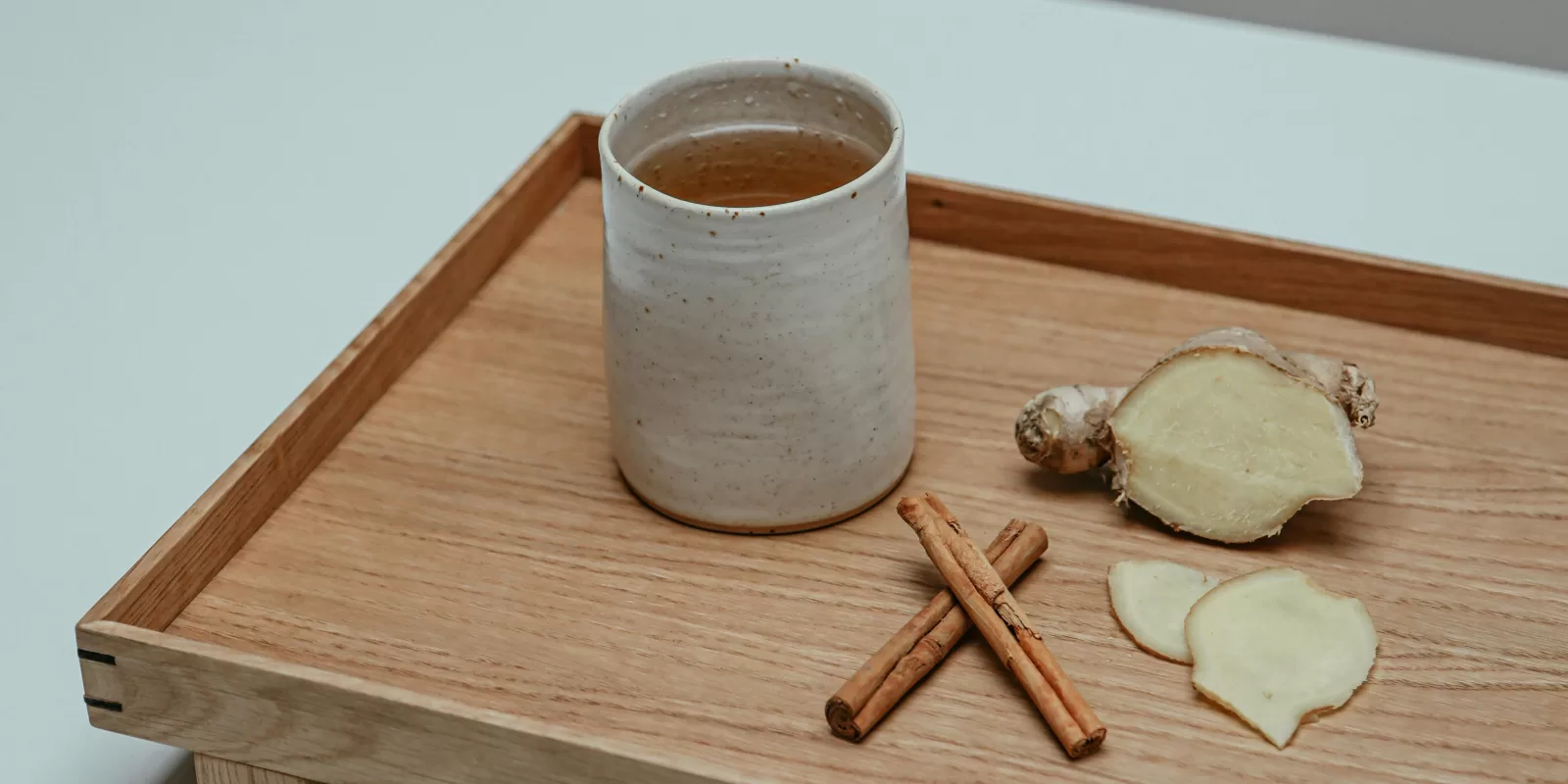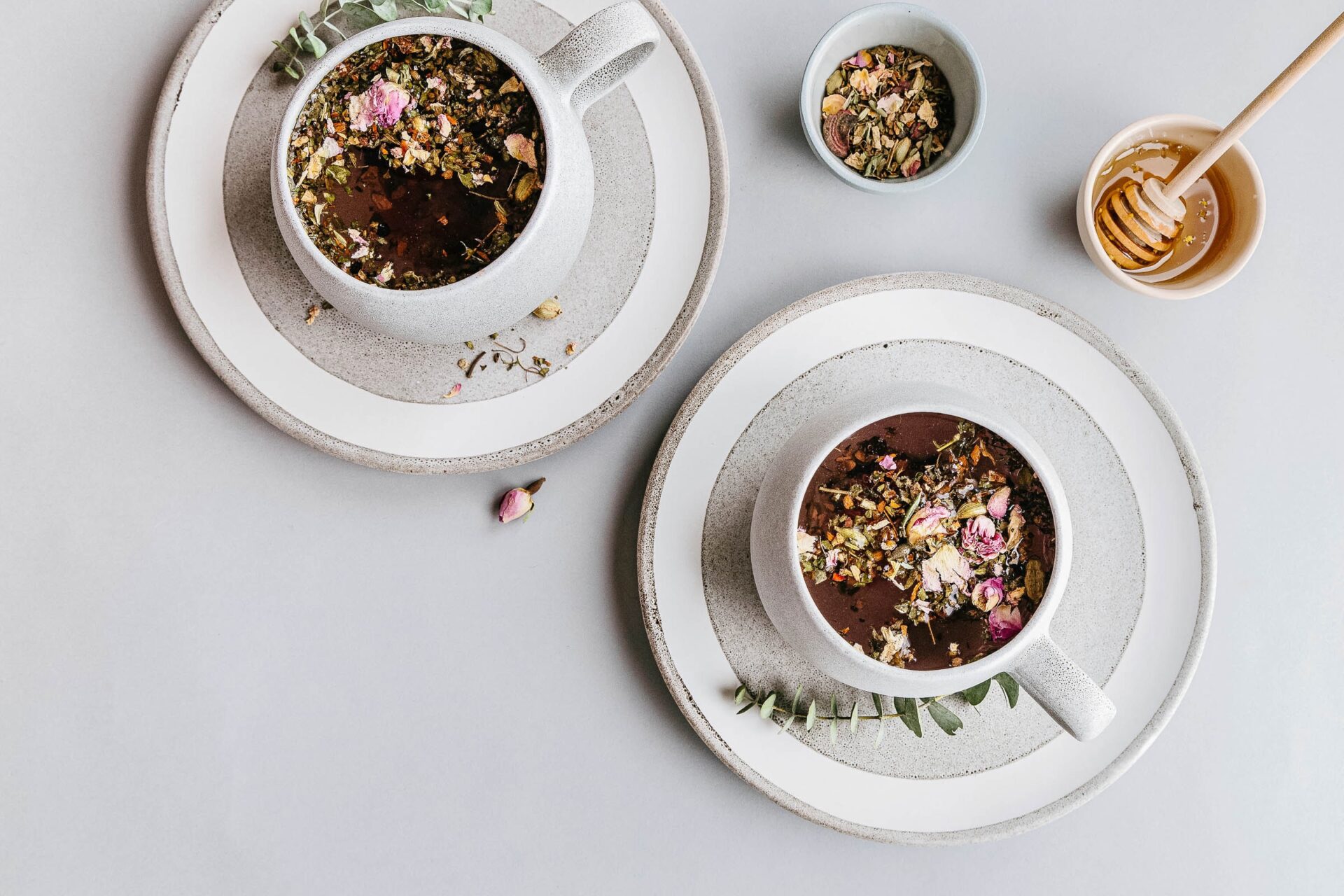 Ayurveda is an ancient Indian medical system that dates back 5000 years. It quite literally translates to the “science of life” as ayur means “life” and veda means “science or knowledge.” Although it’s been around for a long time, with wellness becoming a popular topic, Ayurveda has recently become more mainstream.
Ayurveda is an ancient Indian medical system that dates back 5000 years. It quite literally translates to the “science of life” as ayur means “life” and veda means “science or knowledge.” Although it’s been around for a long time, with wellness becoming a popular topic, Ayurveda has recently become more mainstream.
This is partly due to people looking for new ways to incorporate wellness and health into their lifestyles. With Ayurveda, you’ll want to find your dominant dosha and build your diet and wellness practices around it. Below, we’ll go over some Ayurvedic basics like diet and wellness activities that have been used for centuries.
What Is A Dosha?
The three main doshas that constitute Ayurveda are Kapha, Pitta & Vata. You may have more than one. One that’s more dominant and one that’s there but not as prominent. These characteristics and personality types determine what you should be including in your diet and lifestyle.
Kapha contains the elements of water and air, Pitta is composed of water and fire, while Vata is made up of fire and ether.
For example, if you have a dominant Pitta dosha and tend to get a little hot-headed sometimes, you’d want to steer away from spicy foods and things that could heat you up. The main goal of Ayurveda is to balance your mind, body, and spirit. By bringing everything into balance, you can live a healthier and happier life.
Is Ayurveda Accurate?
It might be hard to pinpoint your specific dosha, as there isn’t a standardized measurement method, such as with blood or urine tests. However, you can still follow the general guidelines or meet with an Ayurvedic doctor to get an idea of what dosha you resonate with most. While it may not be 100% accurate, it might be worth a try.
Disclaimer:
An Ayurvedic doctor does not need nearly as much training as a standard medical doctor. So while this may be cool to try out and see if it works for you, it is not recommended to ditch your MD or other medical screening and regular visits.
Ayurvedic Diet-
 The Ayurvedic diet is heavily focused on whole, unprocessed foods. No matter which diet you currently follow, anyone can benefit from a diet that steers away from unprocessed foods. If you have a busy schedule, the Ayurvedic diet can be tough as it restricts many healthy foods depending on your dosha.
The Ayurvedic diet is heavily focused on whole, unprocessed foods. No matter which diet you currently follow, anyone can benefit from a diet that steers away from unprocessed foods. If you have a busy schedule, the Ayurvedic diet can be tough as it restricts many healthy foods depending on your dosha.
The food guidelines suggest that we incorporate foods from each food group, but the Ayurvedic diet can encourage the restriction of certain food groups. Another Ayurvedic focus is mindful eating. Step away from the TV, laptop, or phone screen to focus solely on your food and slow down while eating.
It’s recommended to consume your largest meal during lunchtime and eat lighter meals during the morning and night. Again, this might not be realistic according to your schedule and lifestyle. If you need to eat your largest meal at night to get enough calories in, do what you need to do. Don’t resort to undereating as a way to maintain this lifestyle.
Eat/Avoid With Ayurveda-
What Foods to Eat for Pitta:
Protein: small amounts of poultry, egg whites, tofu.
Dairy: ghee, milk, butter.
Fruits: fully ripe sweet fruits like pineapples, melons, pears, oranges, and mangoes.
Vegetables: bitter/sweet vegetables like cauliflower, cabbage, cucumber, celery, brussel sprouts, and squash.
Grains: basmati rice, oats, barley, wheat.
Nuts & Seeds: small amounts of pumpkin seeds, flax, sunflower, and coconut.
Spices: small amounts of black pepper, cilantro, cumin, turmeric, and dill.
Foods to avoid for Pitta: Red meat, seafood, egg yolks, buttermilk, sour cream, cheese, sour or unripe fruits, chili peppers, beets, eggplant, corn, rye, brown rice, cashews, peanuts, and spices not included in the list above.
What Foods to Eat for Kapha:
Protein: small amounts of poultry, egg whites, and seafood.
Dairy: skim milk, soy milk, goat milk.
Fruits: dried fruits, cherries, pomegranates, blueberries.
Vegetables: okra, mushrooms, radishes, asparagus, potatoes, leafy greens.
Legumes: black beans, chickpeas, lentils.
Grains: oats, rye, corn.
Nuts & Seeds: pumpkin, flax, and sunflower.
Spices: turmeric, pepper, basil, oregano, and thyme.
Foods to avoid for Kapha: Red meat, egg yolks, sweet potatoes, tomatoes, zucchini, soybeans, kidney beans, rice, cooked cereal, cashews, sesame seeds, pecans, and Brazil nuts.
What Foods to Eat for Vata:
Protein: small amounts of poultry, seafood, tofu.
Dairy: ghee, butter, milk, yogurt, cheese.
Sweet ripe fruits: bananas, apples, melons, pineapples, berries, avocados.
Cooked vegetables: asparagus, zucchini, carrots, sweet potatoes, beetroots, sprouts.
Grains: boiled oats, rice, brown rice, wheat bread.
Nuts & Seeds: chia seeds, almonds, walnuts, flax, sunflower, pistachios.
Spices: cinnamon, ginger, cloves, garlic, and cardamom.
Foods to avoid for Vata: flavoured yogurt, bitter or raw vegetables like broccoli, brussels sprouts, mushrooms, peas, and raw onions. Wheat bran, granola, couscous. Spices like fennel, parsley, thyme, and coriander seeds.
Oil Pulling-
 Ayurveda stresses the importance of oral health. Since the mouth is the gateway to the body and organs, keeping your oral health up to par is very important. Oil Pulling is said to remove any bad bacteria from the mouth, give you healthier gums, and even slightly whiten your teeth.
Ayurveda stresses the importance of oral health. Since the mouth is the gateway to the body and organs, keeping your oral health up to par is very important. Oil Pulling is said to remove any bad bacteria from the mouth, give you healthier gums, and even slightly whiten your teeth.
Take coconut or sesame oil (depending on your dosha) and swirl it around the mouth for 20 minutes or as long as you can. Your mouth and jaw will probably be sore while doing this at first. When you’re done, spit out the oil and resume your regular oral health routine, including brushing and flossing.
Oil pulling is not a recommended substitute for other oral health practices. For the sake of you and those around you, please brush your teeth and try to visit the dentist every 6 months.
Tongue Scraping-
Continuing with oral health, tongue scraping is another fantastic way to remove bacteria from the mouth. When plaque covers your tongue, it can become more difficult to taste your food. This can lead to adding extra salt, sugar, and flavourings to your meals.
It can also make it more difficult for you to process when you’re full, which can cause overeating. Something as simple as including tongue scraping in your oral health routine is an easy way to better overall health.
Ginger Tea-
 Ayurveda recommends drinking hot drinks as they help aid digestion. Its top recommended hot beverage is ginger tea. Ginger is a fantastic anti-inflammatory and can be a great aid for nausea, bloating, indigestion, colds & flu, and joint pain. Drinking ginger tea throughout the day can help to reduce any of these issues.
Ayurveda recommends drinking hot drinks as they help aid digestion. Its top recommended hot beverage is ginger tea. Ginger is a fantastic anti-inflammatory and can be a great aid for nausea, bloating, indigestion, colds & flu, and joint pain. Drinking ginger tea throughout the day can help to reduce any of these issues.
Stock up on fresh ginger root, cut off the skin, and boil it in hot water to make your tea. In the summer, if you’re not feeling a hot beverage, add to juices or smoothies for a cooler way to incorporate ginger into your daily diet.
Meditation-
Since Ayurveda strives to balance the mind, body, and spirit, meditation is the most beneficial way to balance all three. Your mental health is insanely important to your overall health and well-being.
If meditation seems intimidating, don’t worry, you can start with 5 minutes a day and work your way up to 20 when you feel comfortable.
Try out different styles, from complete silence, chanting, guided meditations, listening to binaural beats, lying down, sitting up, whatever works for you works for you.
Meditation will help you become more mindful and help every other area of your life. When you become mindful, you’re more easily able to distinguish what patterns and habits benefit you and which do not. Learn more about incorporating meditation into your life here.
Sweating-
Sweating detoxifies the body while also increasing your circulation. Our bodies are meant to sweat. Whether you want to sweat through exercise, hot yoga, or sitting in a sauna or steam room. Aim to get a good sweat session at least 3x a week to keep your system moving and remove excess toxins or water weight.
Sleep & Rest-
As much as the hustle is important in our capitalistic society, so is resting. Burnout can lead to many other mental and physical issues down the line. You don’t want to let it get to that point. Ayurveda suggests that the body reaps the most benefits from sleeping between 10 pm-2 am.
This isn’t completely realistic for those who work late shifts, have small children, or are chronic night owls. If you can sleep earlier and wake up earlier, that’s great, but getting good sleep in general is the focus here. Everybody is different, and some people require more sleep than others. Figure out how much sleep you need and run with it.
Try to take at least one day off a week if you can, to rest and recharge your body so that you’ll have enough fuel to last you throughout the week. You wouldn’t expect your car to run without gas, so don’t expect that from yourself either.
Massage-
 Massages aren’t just relaxing but have a ton of health benefits as well, from improved circulation, lymphatic flow, stress reduction, and improved muscle tone.
Massages aren’t just relaxing but have a ton of health benefits as well, from improved circulation, lymphatic flow, stress reduction, and improved muscle tone.
If you can’t afford or don’t have time for regular massages (check your benefits plan, as many companies cover some or all of the costs), then doing your own massage is still beneficial.
Warm some oil (don’t burn yourself) and massage your entire body in a circular motion. Focus on the joint areas and use long strokes over longer areas like your arms, legs, and stomach. Self-massage is a great way to practice self-love, so take your time.
If you’d like, you can dry brush before by starting at your feet and brushing upwards in circular motions towards your heart. Dry brushing is another Ayurvedic practice used for exfoliating skin, improving circulation, and increasing blood and lymphatic flow.
Final Thoughts-
Ayurvedic medicine has been around for centuries. Studies have found that eating a whole food diet, meditating, resting, sweating, self-massage, and simple techniques like oil pulling and tongue scraping can massively improve your well-being and bring the body into balance.
Mindfulness and taking care of your mind, body, and spirit are the foundations of Ayurveda and can benefit anyone’s mental, emotional, and physical health. Even if you’re not down to completely overhaul your life and only follow Ayurvedic practices, include a couple of things and see if you notice any benefits.
You can then take it from there. Keep what works for you and ditch what doesn’t. Ayurvedic practices have been around for a very long time, and this ancient wisdom seems to be doing something right. Find out for yourself if Ayurveda can help you on your wellness journey.




